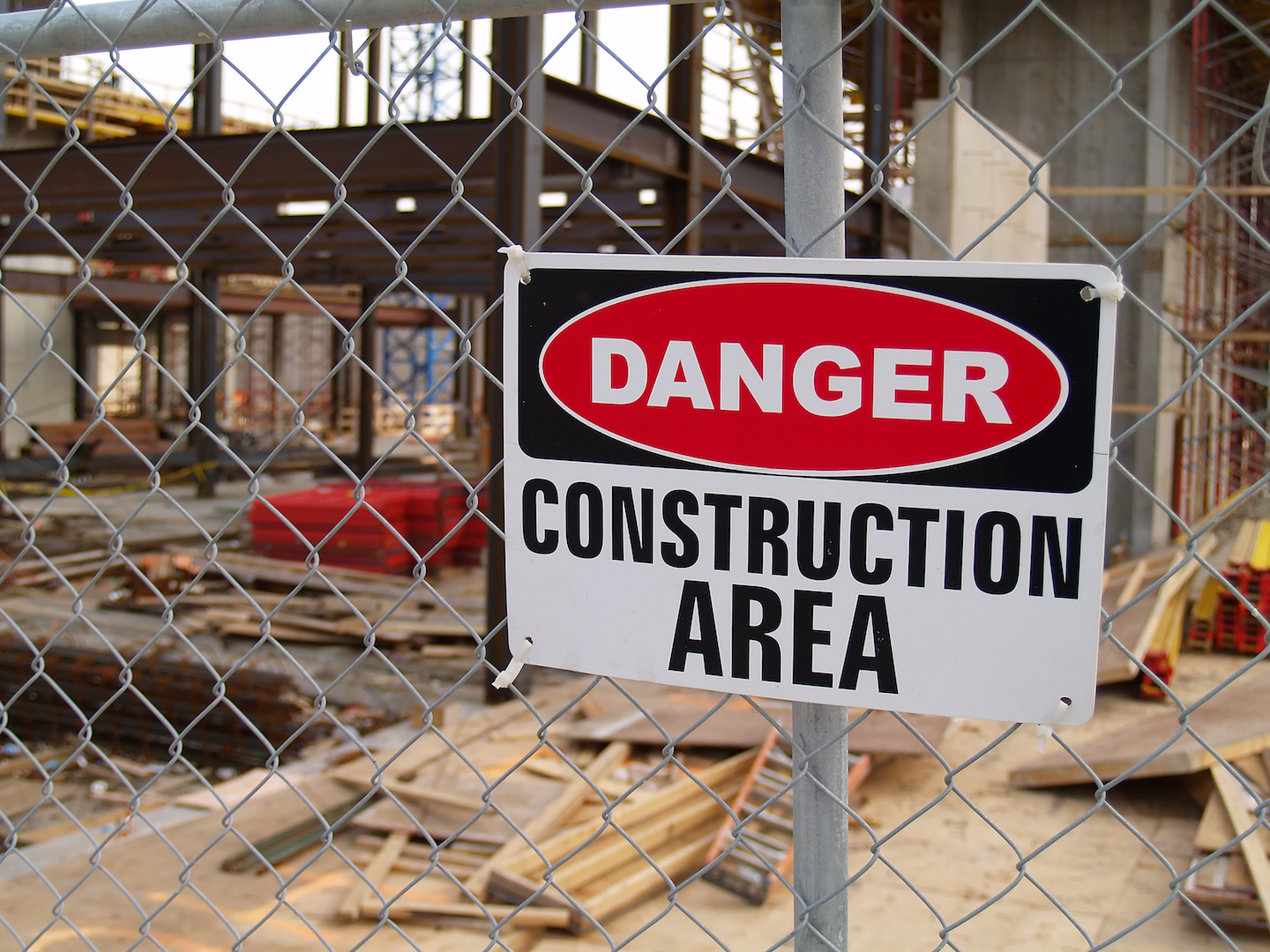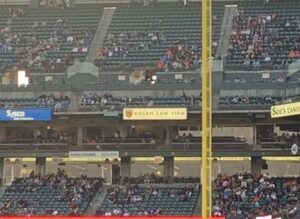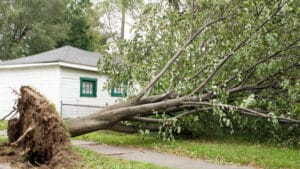
This week’s question comes from Dawn E. in the Mission District who asks: “I live on 23rd Street near the construction site where two pedestrians were injured when materials were blown off the job site and onto them as they were walking by on the sidewalk. It is unfathomable that this could happen. What is the law on a situation like this?”
Dawn, it may be hard to believe; but, this is not the first time I have heard of a case of this type. I have handled several similar cases. Under California law every person is responsible for the management of their person and property. California Civil Code Section 1714 reads: “Everyone is responsible, not only for the result of his or her willful acts, but also for an injury occasioned to another by his or her want of ordinary care or skill in the management of his or her property or person, except so far as the latter has, willfully or by want of ordinary care, brought the injury upon himself or herself.”
This Section embodies the foundation of a negligence action which, essentially, is a claim that a person owed another a duty of care, that the duty was breached, and that it caused a harm. Under the law the harm must be foreseeable to occur if there was not adequate care taken. For example, should someone put out their trash lawfully on the sidewalk and a raccoon came by, knocked over the trash can and a glass jar rolled down the street, where it was run over by a car which then had a flat tire a block away and swerved into the path of a bicycle which then swerved and hit a pedestrian, the pedestrian would not have a claim against the homeowner as the harm would not be reasonably foreseeable to the them when they put out the trash.
When a party brings a lawsuit, they have burdens they have to meet in order to win their case. One burden we are all familiar with is the burden of proof. In a criminal case the prosecutor must prove a case “beyond a reasonable doubt.” This is a very high burden. In a civil case the burden is a “preponderance of the evidence” which is a fancy way of saying “more likely than not”. In addition to this burden of proof the party who has that burden also has the burden of production (i.e., they must produce evidence to meet their burden).
There are certain instances in which it may be impossible for the party with the burden to prove what happened because the defendant may be the only one who was in possession of that evidence and for some reason whatever happened cannot be demonstrated. In some circumstances the harm is something which cannot generally occur in the absence of negligence and, in such cases, there is a doctrine under the law called “res ipsa loquitur” Latin for “the thing speaks for itself”.
In 1928 the California Supreme Court, in the case of Michener v. Hutton applied the doctrine of res ipsa loquitur to a case of a falling object. The defendant Hutton was a plumbing contractor and his employee had done work on a vent pipe which included a series of cast iron sections held together at the joints with a form of weld. The employees of the plumbing contractor had welded some, but not all, of the joints. The following day a carpenter was working below when suddenly a length of pipe fell from above, where no one was working, and struck him on the shoulder. Being unable, from the very nature of the accident, to account for the cause of the fallen piece of pipe, the plaintiff “summoned to his aid” the doctrine of res ipsa loquitur. The Supreme Court set forth the general rule; “While it is true, as a general principle, that mere proof of the occurrence of an accident raises no presumption of negligence, yet there is a class of cases where this principle does not govern, —cases where the accident is such as, in the ordinary course of things, would not have happened if proper care had been used. In such cases the maxim, ‘res ipsa loquitur,’ is held to apply, and it is presumed, in the absence of explanation by the defendant, that the accident arose from want of reasonable care.”
The facts presented by the falling debris from this construction site appear to bring it within the application of this principle. The materials were located on the job site at the time when they fell, and it was their duty to s handle them in a manner to avoid harm to others. Therefore it appears to me that there would be a presumption of negligence affecting both the burden of proof and production shifting the burden of production onto the defendant to rebut the presumption.
In these cases, we often start by naming the general contractor as the defendant, as they ultimately have overall responsibility and control over the safety of the job-site. As the facts develop through discovery, the general contractor will often name a subcontractor as a cross defendant whose materials may not have been properly secured. We will often name them too, as a previously unknown party identified as a “John Doe” in the beginning of the case.
I hope this answers your question and I hope that the injured people recover soon.










